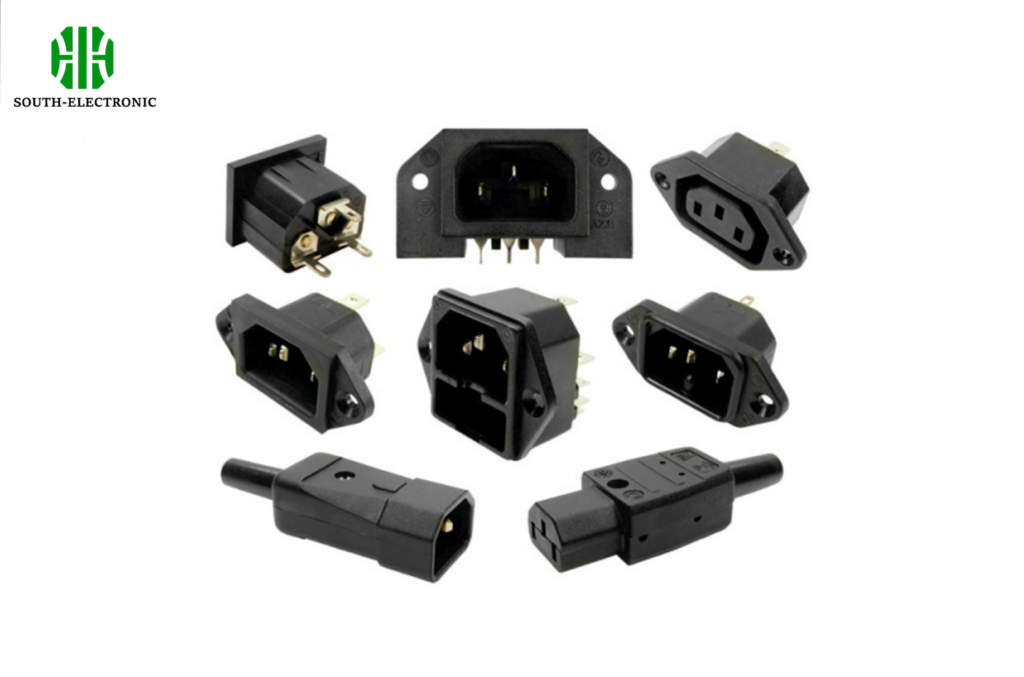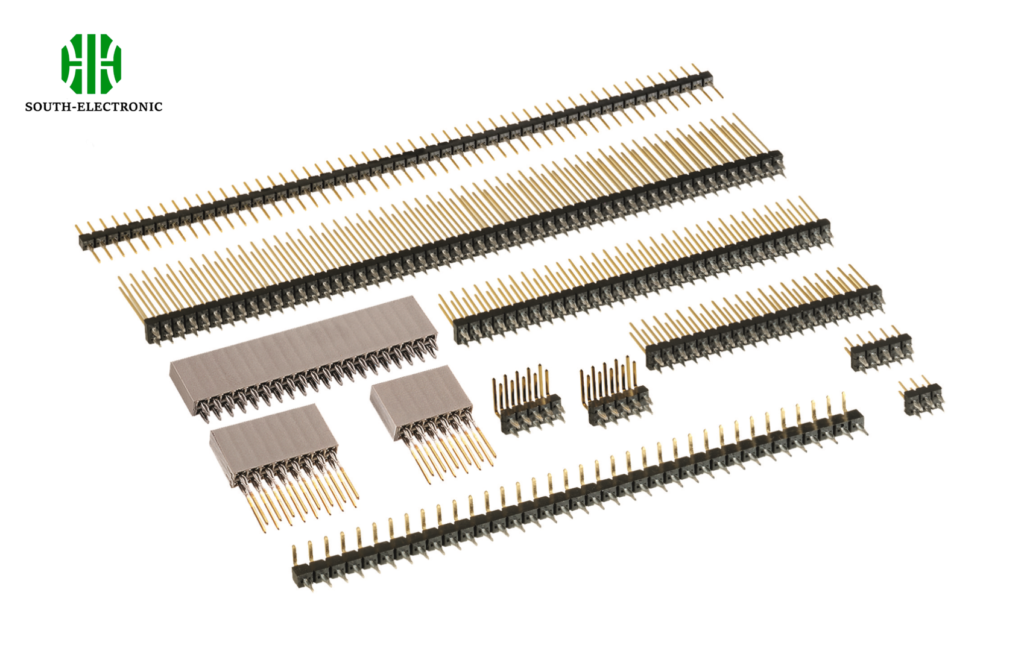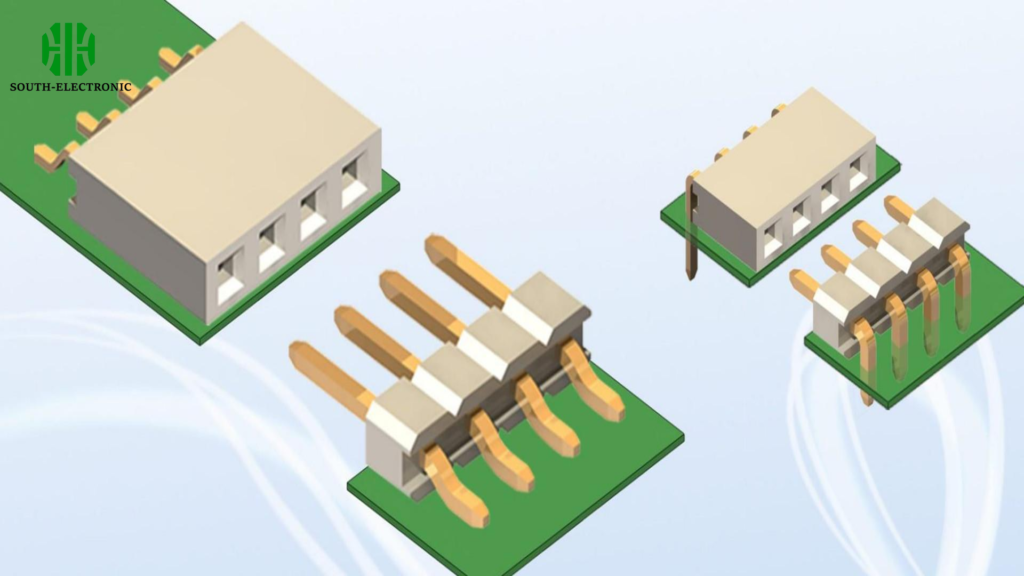You’re building a circuit board and need reliable connections. Wobbly wires waste time and risk failure. Use PCB headers – simple plugs that create solid links between boards or parts.
A PCB header connector uses male pins on one board that slot into female receptacles on another, letting you securely join electronics. This prevents loose wires and allows easy part swapping.

Headers save you frustration. Now let’s pick the best one for your task.
Which PCB header type is right for your project?
Does your board connection feel unstable? Loose links cause shutdowns and sparks. Match the header to your project’s needs instead.
Start with these common types: single-row, double-row, or surface-mount headers. Each fits different space limits and strength requirements.

Three Header Styles Explained
Pick based on your situation:
| Type | Best For | Space Needed | Strength Level |
|---|---|---|---|
| Single-row | Simple designs | Small area | Medium hold |
| Double-row | Complex circuits | Moderate | Strong grip |
| Surface-mount | Tight spaces | Very little | Light use |
Single-row headers have one pin line. I used these for LED strips last month. They’re cheap and fast to install but bend if pushed hard. Double-row types have two parallel rows of pins. Choose these for servers or robots because they handle shakes better. Surface-mount versions solder onto the board’s top. These are good for tiny gadgets like sensors but break if twisted.
How do you choose the correct pitch, pin count, and gender in PCB headers?
Ever plug in a header that jammed or wiggled? Wrong sizes ruin projects. Measure carefully to avoid wasted effort and cash.
Select pitch (pin spacing), pin quantity, and male/female parts based on your board specs and linked device. This ensures everything locks tight.

Pick Smart for Perfect Fit
Focus on these three:
| Feature | What It Does | Rule of Thumb |
|---|---|---|
| Pitch | Space between pins | 0.1 inch for most boards |
| Pin Count | Number of connections | Match socket holes exactly |
| Gender | Male/female role | Male pins go into female ports |
Pitch gaps must equal both sides. 2mm spacing failed in my microcontroller last year. Pin count should mirror connected points. Too few won’t link; too many waste space. Gender decides who plugs into whom. Make male pins face female slots. Get this right and assembly becomes easy.
Where can you source quality PCB headers?
Tired of cracked pins or delayed shipments? Bad parts break circuits and halt work. I learned to hunt suppliers with hard rules for reliability.
Buy from China factories on Alibaba or eBay but demand test reports and samples first. Skip middlemen to save months and money.

China Purchase Checklist
Don’t gamble on unknowns:
| Factor | Why It Matters | Your Action |
|---|---|---|
| Materials | Low-grade plastic melts | Ask for UL94-V0 certification |
| MOQ (Minimum Order) | Small tests save waste | Request quotes under 500 units |
| Lead Time | Delays hold up everything | Confirm delivery in writing |
| Reviews | Others suffered so you don’t | Read customer photos/ratings |
Good materials last decades. One supplier sent brittle plastic that snapped during my climate test. MOQs under 500 units let you try cheap samples. Lead times over 30 days often mean backlogs. Always check reviews and avoid sellers with complaint photos.
Conclusion
PCB headers fix messy connections with strong plugs. Choose your type, size, and source wisely. Build stable gear instead of errors.



